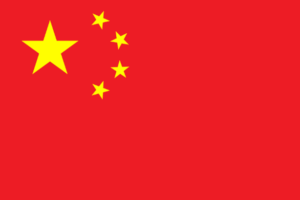
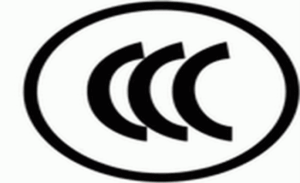
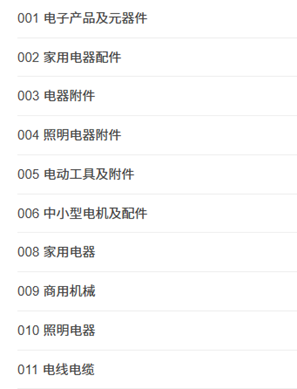
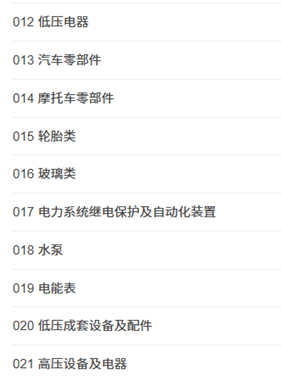
3C Certification Process
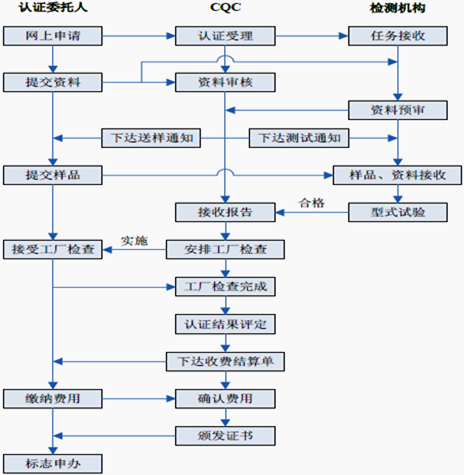
In December 2001, the General Administration of Quality Supervision, Inspection and Quarantine of the People’s Republic of China issued the “Regulations on the Administration of Compulsory Product Certification”, replacing the original import product safety quality licensing system and electrical product safety certification system with the compulsory product certification system. China Compulsory Product Certification is referred to as CCC certification or 3C certification. It is a statutory compulsory safety certification system and a basic practice widely adopted internationally to protect consumer rights and safeguard consumer personal and property safety.
The products included in the “Product Catalog for Compulsory Product Certification” include household appliances, automobiles, safety glass, wires and cables, toys and other products. Among them, CQC is designated to undertake 3C certification work for 134 products in 17 categories within the scope of the CCC catalog.
The Ministry of Industry and Information Technology (MIIT) of the People’s Republic of China issued Announcement No. 57 “Regulations on the Management of Radio Transmitter Equipment” on December 22, 2022, which is expected to take effect on July 1, 2023, to control all radio transmitter equipment developed, produced, imported, sold, and repaired in China. The key points are summarized as follows:
Except for micro-power short-range radio transmitter equipment, all radio transmitter equipment manufactured or imported for domestic sale and use must obtain an SRRC type approval certificate.
In principle, the validity period of the SRRC certificate is not less than 2 years and not more than 5 years; if the certificate expires and needs to be extended, an application for extension should be submitted to the Radio Administration Bureau 30 days before the expiration of the validity period, and each extension period shall not exceed 5 years.
The approval code CMIIT ID should be marked on the product or displayed on an electronic label. If the device size is too small, it should be marked in the user manual or on the independent outer packaging. The official CMIIT ID coding rules are still under discussion. After the implementation of the rules, applicants can make their own CMIIT IDs when submitting type approval applications. However, radio transmitters cannot be sold or used in China before obtaining type approval, and CMIIT IDs cannot be altered, resold, rented, loaned or illegally transferred in other forms.
Micro-power short-range radio transmitters produced or imported for domestic sale in China must comply with the regulations and technical requirements of the National Radio Administration Bureau and be marked with the special logo of short-range radio transmitters on the product.
The marking method and style of the instructions/special logo will be specified separately. The instruction manual should indicate the following words: “The use of micro-power short-range radio transmitters must comply with the relevant provisions of the national radio management.”
When repairing radio transmitters, the technical indicators of the issued SRRC certificate shall not be changed.
If SRRC-certified radio transmitters have entered the Chinese market for sale, the certificate holder must provide sales records to the Radio Administration Bureau, and the filing information should be true, valid and updated in a timely manner.
SRRC Certification – China Market Approval
All Regions » Asia » China
Type approval procedures for radio and telecommunications products in China are regulated by the Ministry of Industry and Information Technology (MIIT) and the State Radio Regulation in China (SRRC).
The conformity requirements for the Chinese market are regulated in national guidelines, which require local testing and approval procedures for most products. The approved products are subject to a marking obligation (CMIIT ID label), whereby the certificates in most cases have a limited validity period of 5 years. An extension can be applied for thereafter.

